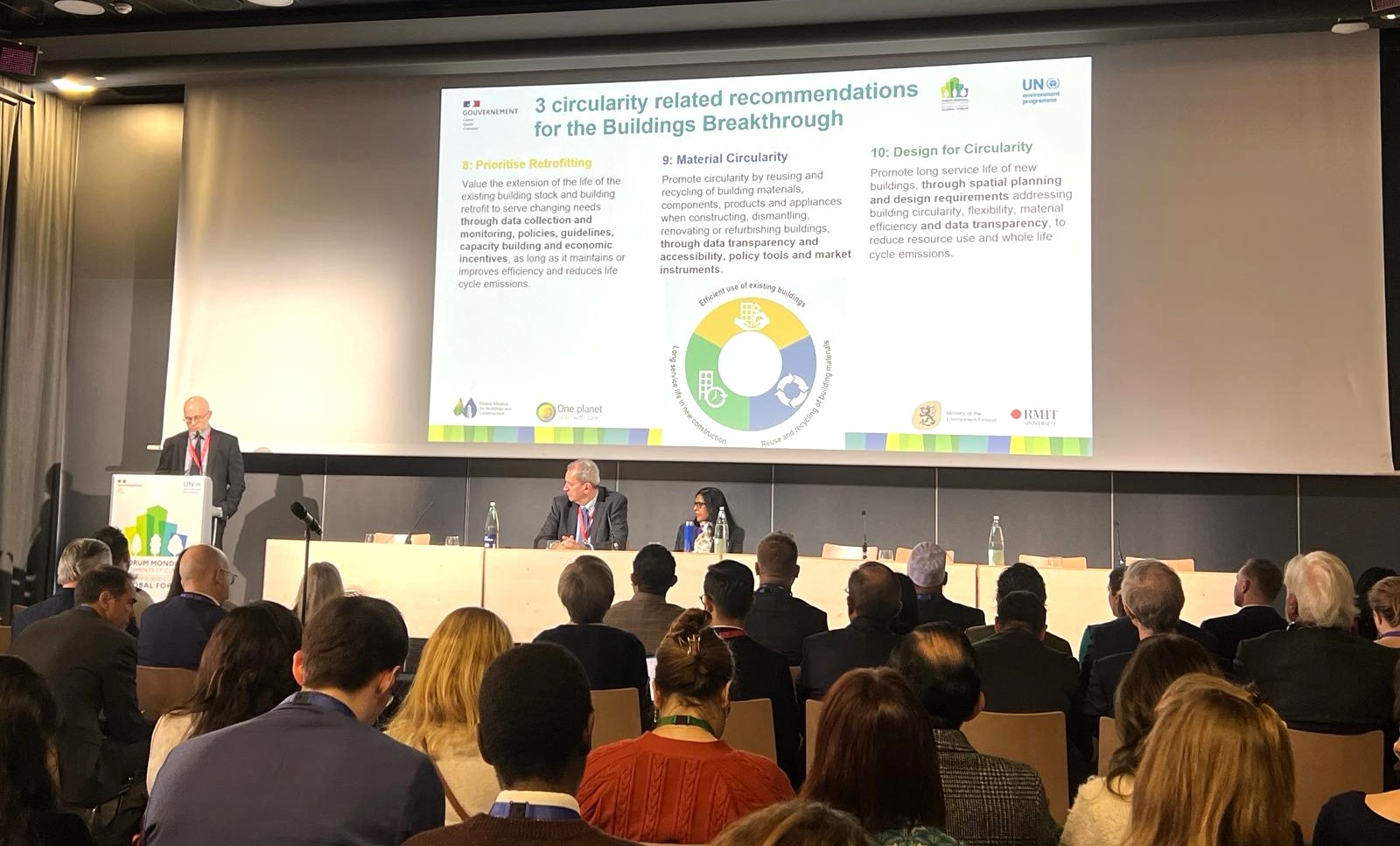ACHIEVING A 1.5° C FUTURE REQUIRES A FOOD SYSTEMS APPROACH. Recommendations paper
This policy paper lays out key recommendations for policymakers to take a food systems approach to policymaking to realize the potential of food systems to help mitigate and adapt to climate change.
Given current trends, emissions from the increasing global adoption of animal-source foods in our diets will almost double GHG emissions from food consumption by 2050. Animal agriculture generates high emissions mainly due to low feed-conversion efficiencies, enteric fermentation in ruminants, and manure-related emissions.
Furthermore, most food production today depends heavily on inputs such as fertilizer, pesticides, energy, land and water, is produced using unsustainable practices such as monocropping and heavy tilling and drives conversion of vital carbon-rich ecosystems like forests and peatlands. A shift to agroecological approaches, including climate-smart, regenerative, conservation agriculture, and sustainable fishing, is absolutely necessary to allow nature to recover and revitalize the sources of our food.
However, improving how we produce food alone will not be enough. We also need to shift to healthier and more sustainable and equitable diets to improve health, reduce demand for new agricultural land and to release existing agricultural land to grow enough food for all. The global population is growing, and with it, our need for food. By 2050, we will need 50 percent more food from plants and 70 percent more food from animal sources than we do today. As incomes increase, a likely increase in consumption in resource-intensive diets will drive the expansion of food subsectors such as crop cultivation and livestock production, as well as product transportation and processing, agricultural input materials (fertilizer and pesticides) and irrigation. Increased food production will likely also cause further land-use changes (LUCs) for agriculture, resulting in more emissions, reduced carbon sequestration capacities of ecosystems, and hence further climate change.
Similarly, continued high levels of food loss and waste will continue to put pressure on our already threatened ecosystems. Food loss and waste (FLW) is responsible for 8 to 10 percent of global greenhouse gas (GHG) emissions. Today we are wasting 40 percent of all food produced, which means we are not using our current agricultural lands efficiently. Further, all of the financial and environmental resources used to produce this food, and the emissions released in the process, were expended in vain.
If we follow the status quo, more food for more people will mean more food waste and more land being converted for agriculture, and hence more resource use and finally, more emissions. Instead, we need to find a way to produce food for 10 billion people on the current agricultural land that we have. Even if significant technological changes in food production and storage practices are introduced, the efficiency gains will not be enough to close the food systems emissions gap.
We need to make significant policy and investment shifts to transform our food systems at a global scale. We need to increase productivity while transitioning to regenerative production practices, shift towards healthy diets and reduce food waste and loss by 50 percent. These changes must be achieved through culturally and agro-ecologically diverse solutions including recognizing and supporting the different dimensions of local and Indigenous food systems across regions and countries. Such a holistic approach requires complementary interventions on both the supply-side (such as sustainable food production practices) and on the demand-side (focusing more broadly on consumer and industry behavior such as dietary change, reduction of food loss and waste).
External source(s)


